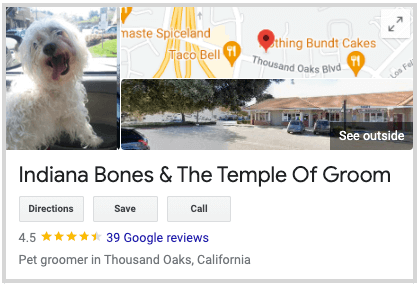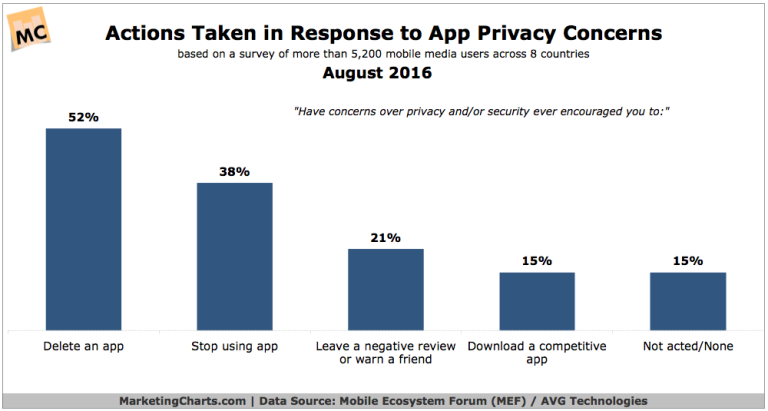
When you share content with your audience, be sure to give proper credit to the original creators and/or publishers. Not only is it the right thing to do, but it’s also a great way to earn links back from them. Most blogs have a feature that notifies the author when someone links to their article, and many of them will respond and share your content in return. The same goes for most social media platforms.
By collecting and sharing meaningful content about your industry or interests, you can build a dedicated audience of like-minded people—exactly the kind of people who are most likely to buy from your store. And as an expert on your products, your customers and your industry, you’re better equipped to find and share relevant content than almost anyone. Here are some strategies you can employ to become a great content curator for your ecommerce customers.
For ecommerce business owners and marketers alike, creating accurate, relevant, and timely content to use across marketing channels can be time-consuming. This is especially true if one of your current goals is to build and maintain high engagement. But the great news is that you don’t have to do it all yourself.
1. Consider where to source content from.
It’s also helpful to share a healthy mix of content types to keep your audience engaged. Posting a news article every day is good if there is something major happening in your industry, but since that isn’t a common occurrence, try to alternate news with informational videos, how-to guides, infographics, and—if it fits into your brand identity—memes or trends.
2. Ensure the content you share is accurate and credible.
Don’t just share articles from the same source every time they publish something. If their content is that meaningful to your audience, your readers probably already follow them too. Spread the love, and share content from a variety of sources. On a related note: it’s important not to share only content from other sources. So be sure you mix in plenty of your own writing, images or videos.
Great museum curators don’t just put stuff on the wall and walk away—they carefully coordinate when, where, and how it’s presented to tell their own version of the story. When you share information, you can add your own point of view to it by presenting it in a specific way. For example, instead of posting links to two opposing articles, work them into a short post that presents your take on the situation, with quotes and links in the text.
3. Keep all shared content fresh and timely.
By finding and sharing content that is relevant to your business, you can help your ecommerce customers and followers sort through the ever-growing tide of information about your industry and the types of products you sell. But more than that, you can also help grow your audience and support other content creators you respect, all while saving time and money on creating your own content.
Not all content you share has to be breaking news, but you should make sure that it was created fairly recently. For example, an article written in 2015 is more likely to include insights that are no longer accurate or that have been disproven since its publication.
4. Determine what content provides value for your audience.
Think about your target audience’s needs and motivations, and share things that help them accomplish their goals (and yours). If your customers shop on your site for specific heavy machinery parts, content that is considered common knowledge in the industry—like “parts of a forklift and what they do”—will likely not be of any value to them. However, content that gives a new take on a common productivity problem or outlines a newly-passed law restricting who is allowed to operate heavy machinery will likely be of interest to them.
5. Only share content that is relevant to your industry.
How do you find meaningful content to share with your audience? Chances are that you already follow your industry pretty closely. Do you read industry blogs or websites? Subscribe to professional organizations and read trade magazines? Get emails from friends related to your work? Have an alert set up to stay on top of industry news? All of these options are great places to find content to share with your customers.
6. Present content in a way that tells a story.
Even if you find great content, it’s important to make sure that the information being presented is accurate—and that the source itself is credible. For example, “UltimateTravelBlog” may have written an article about top landscaping tips for spring, but if their main focus is reviewing travel destinations, they may not be the greatest authority on keeping your lawn healthy.
7. Vary the content you share.
The internet makes it possible to share with people around the world in seconds, so content can go stale very quickly. If you see something interesting, share it early to ensure that your readers or followers get it from you first. If you’re one of the first to share an important or exciting piece of information, you can get a lot more mileage out of it as others catch on and share it themselves.
This should go without saying, but still bears repeating—any content you share via your business accounts should be related to your industry in some way. If you make T-shirts but share content about dogs for adoption in your area, your audience will likely be confused—unless you also sell T-shirts for dogs and are partnering with a local animal shelter. Make sure there is a clear connection between the content you’re sharing and what you’re selling.
8. Give credit where it’s due.
Unless your business falls within a very particular niche, chances are that there is already quality content related to your industry and the types of products you sell published on the web. You’re already a curator of great products, so why not take the same approach for your brand’s blog, social media, newsletter, and other online communications?
Final Thoughts
Also, look out for any insights, facts, etc. that look a little off. It’s hard to build authority for your business if you post information that people can easily determine is factually incorrect, so as an expert in the topic at hand, you should only post content that you feel won’t be disputed.






